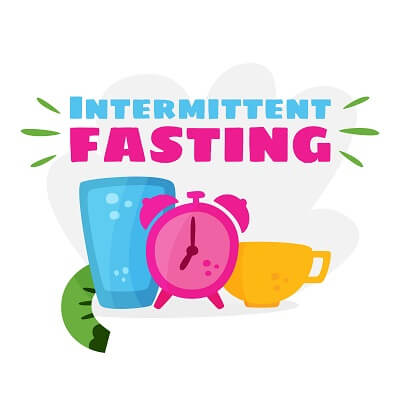You have most likely heard of the ketogenic diet by now. It is a high fat, high protein, low carb diet, that is primarily adhered to achieve significant weight loss efficiently and quickly. Keto diet is not a great long-term diet, as it does cut out certain food groups, but it works great as a short to medium term diet. While the principles behind keto are pretty simple, it can be messed up. This article will go over the ins and outs of the keto diet and determine if you’re doing it correctly or not.
What is Keto Exactly?
When people say they are doing ‘keto’, they are referring to ‘keto’ in ketogenic diet. When your body is low on blood sugar, it will stop attempting to burn glucose, and instead will begin to burn your body fat, by converting the fat into ‘ketones’ which are small fuel molecules. Your body only produces ketones when you eat very few carbs; it has to feel that there is a shortage of glucose before it commits to producing ketones. Ketogenic diet is so good at weight loss, because once your body enters ketosis (begins to produce ketones), it will start burning fat for 24 hours at a time.
What to Eat for a Ketogenic Diet?
The primary rule for putting your body into a state of ketosis is to restrict your consumption of carbohydrates; that means eat less than 50 grams of carbs per day. The fewer carbs you ingest, the easier it is for your body to enter ketosis. Instead of carbs focus on meats with healthy fats in them, and green vegetables. If you are eating carbs, make sure they are coming from whole grain sources.








